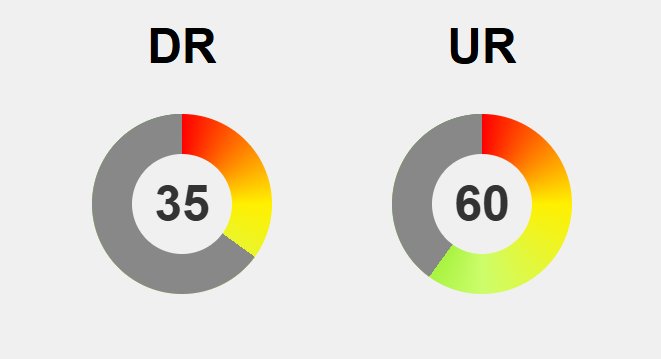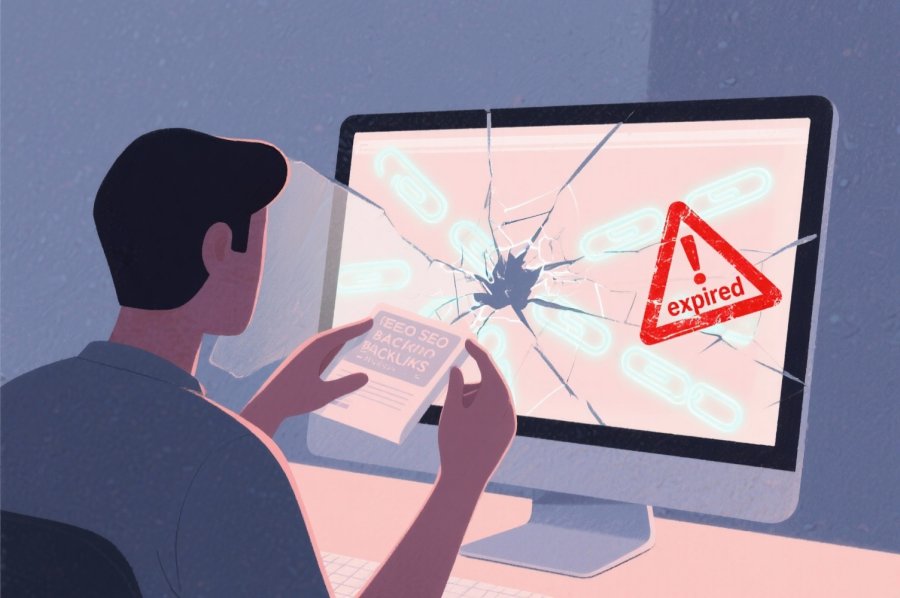The historic landing of NASA’s Perseverance rover alongside the Ingenuity helicopter on Mars marks a pivotal moment in space exploration, showcasing human ingenuity and technological innovation. Perseverance’s mission to analyze geology, seek signs of past life, and collect samples, paired with Ingenuity’s groundbreaking aerial flights in the planet’s thin atmosphere, opens new horizons for planetary science. This tandem operation not only demonstrates that robots can navigate and study alien terrains with unprecedented precision but also paves the way for future autonomous and aerial exploration. Yet, challenges remain—dust storms, rugged landscapes, and communication delays test the limits of current technology. Could these robotic pioneers herald a new era where humans step onto Mars guided and supported by intelligent machines? As these missions inspire scientific advancement and ignite imaginations worldwide, they reveal that perseverance, collaboration, and innovation are essential to unlocking the universe’s greatest mysteries.
Mars Exploration Reaches New Heights with Perseverance and Ingenuity
In February 2021, space exploration reached a historic milestone with the simultaneous landing of NASA’s Perseverance rover and the Ingenuity helicopter on Mars. This twin achievement wasn’t just a technical feat; it marked a new chapter in how humanity explores other worlds. Perseverance, about the size of a small car, touched down in the Jezero Crater, a site believed to have once hosted a lake. Its mission is to analyze the planet’s geology, hunt for signs of past life, and collect samples that may eventually return to Earth. Right alongside it, Ingenuity made history as the first powered aircraft to fly on another planet, testing aerial mobility in the thin Martian atmosphere.
The landing process itself was a marvel of engineering. Known as the “seven minutes of terror,” it involved a complex sequence of entry, descent, and landing maneuvers designed to ensure a safe touchdown in rugged terrain. NASA’s team relied on onboard autonomous systems to navigate unpredictable conditions, from dust storms to uneven ground, making split-second decisions without real-time input from Earth. This level of precision and independence set a new standard for planetary landings, proving that advanced robotics can handle the planet’s harsh realities.
Perseverance was equipped with a suite of cutting-edge instruments aimed at unlocking Mars’ secrets. From analyzing rocks and soils to studying the atmosphere, it gathers data in unprecedented detail. Its primary goal is to search for biosignatures—chemical clues that could indicate microbial life once existed on the planet. The rover’s ability to drill, collect samples, and store them for future missions exemplifies a new era of scientific exploration, where robotic tools act as our eyes and hands on distant worlds.
Meanwhile, Ingenuity’s role extends beyond its initial demonstration flights. Its success proved that aerial navigation is feasible in an environment with less than 1% of Earth’s atmospheric density. The tiny rotorcraft has already performed multiple short flights, capturing high-resolution images and scouting terrain from above. These aerial surveys help scientists identify promising sites for future exploration, offering perspectives that ground-based rovers could never achieve. Ingenuity’s flights open the door to aerial exploration on other planets, expanding what’s possible in planetary science.
The collaboration between Perseverance and Ingenuity showcases a new approach to planetary exploration. Ground and air systems working together provide a more comprehensive understanding of the terrain and environment. This integrated strategy improves landing safety, enhances scientific discovery, and offers a model for future missions. It demonstrates that combining different robotic platforms can maximize data collection and operational flexibility, especially in challenging landscapes that are difficult for traditional rovers to navigate.
The success of this twin landing was not without hurdles. Dust storms, rugged terrain, and communication delays tested the limits of current technology. Engineers had to develop highly autonomous systems capable of decision-making in real-time, ensuring the mission’s safety and success. Every step, from entry to flight, involved meticulous planning, rigorous testing, and innovative problem-solving. These achievements prove that even the most daunting challenges of planetary exploration can be overcome through perseverance, ingenuity, and collaborative effort.
Looking ahead, the lessons learned from Perseverance and Ingenuity will shape future missions. Advances in autonomous navigation, artificial intelligence, and propulsion will enable more independent and adaptive exploration. Flying drones could survey vast areas quickly, access hard-to-reach environments, and provide high-resolution data to guide human explorers someday. These innovations demonstrate that robotic explorers are not just tools—they are partners in our quest to understand the universe. Their success sets the stage for more ambitious projects and brings us closer to the day humans will step foot on Mars.
Shaping the Future of Planetary Exploration Through Innovation and Courage
The achievements of Perseverance and Ingenuity have reshaped our understanding of what robotic exploration can accomplish and how it influences future missions. These successes go beyond mere technical milestones; they demonstrate that perseverance, innovative engineering, and collaboration can push past previous limits. They remind us that even the most daunting challenges—like landing safely on another planet or navigating rugged, unpredictable terrain—are surmountable when driven by ingenuity and meticulous planning. This progress boosts confidence that upcoming missions will continue expanding our knowledge of the solar system, paving the way for more ambitious exploration.
Looking ahead, advancements in autonomous systems, artificial intelligence, and propulsion technology will be critical in broadening our reach. These innovations will enable spacecraft to operate more independently, make real-time decisions, and adapt to unforeseen conditions. Such capabilities are essential for exploring environments that are currently inaccessible or too hazardous for traditional robotic approaches. The goal is to develop explorers that can handle complex terrains and unpredictable weather, gathering data faster and more reliably, ultimately bringing distant worlds within closer scientific reach.
Aerial vehicles like Ingenuity exemplify how drones can revolutionize planetary exploration. Their ability to survey vast areas from the air, access difficult terrains, and provide high-resolution imagery offers perspectives no ground-based rover can match. As drone technology evolves, we’re likely to see more sophisticated flying robots on other planets, opening new possibilities for scientific discovery and environmental mapping. These aerial explorers will help identify promising sites, guide rover operations, and enable detailed studies of planetary landscapes, making exploration more efficient and comprehensive.
Despite these promising developments, significant challenges remain. Landing safely in unpredictable environments, managing the long delays in communication across space, and developing reliable power sources are ongoing hurdles. Overcoming these obstacles requires sustained research, cross-disciplinary collaboration, and continuous testing. Each challenge pushes us to innovate further, bringing us closer to the day humans will set foot on Mars and other celestial bodies. Robotic explorers serve as vital pioneers, helping us understand environmental conditions and operational risks, and paving the way for future human exploration.
As we prepare for humans to explore Mars and beyond, robotic missions like Perseverance and Ingenuity act as invaluable testbeds. They provide real-world experience operating in alien environments, navigating complex terrains, and deploying new technologies that future astronauts will depend on. These missions deepen our understanding of environmental factors such as dust storms, radiation, and terrain variability, informing habitat design and safety protocols. Robots are not just tools—they are essential partners, helping us learn the conditions that will shape human missions and ensuring our safety and success.
Beyond the technical achievements, these missions inspire a broader sense of curiosity, resilience, and possibility. They prove that bold ideas, perseverance, and teamwork can turn seemingly impossible dreams into reality. Every successful landing, flight, and sample collection fuels the imagination of scientists, engineers, and future explorers. These accomplishments ignite passion for science, technology, engineering, and math—encouraging new generations to pursue careers in space and exploration. In doing so, they sustain a culture of innovation that will continue to propel us forward.
Looking further into the future, emerging technologies like AI-driven data analysis, advanced autonomous systems, and next-generation propulsion will revolutionize how we explore space. These innovations will allow spacecraft to operate more independently, make smarter decisions, and explore terrains that are currently out of reach. However, challenges such as safe landing in unpredictable landscapes or developing sustainable energy sources remain. Addressing these issues will require ongoing investment, cross-disciplinary collaboration, and continuous refinement. Each breakthrough will bring us closer to unlocking deeper insights into our solar system and eventually establishing human presence on other worlds.
Robotic explorers will continue to be our closest partners in this journey. They serve as vital precursors, helping us understand environmental conditions, test new technologies, and develop operational strategies for future human missions. By studying dust storms, radiation levels, and terrain variability, robots help shape the design of habitats, life support, and safety measures for astronauts. Their data and experience reduce risks, making human exploration safer and more feasible. As partners in discovery, robots are laying the groundwork for a new era of space exploration—one where humans and machines work hand in hand to unlock the universe’s many secrets.






